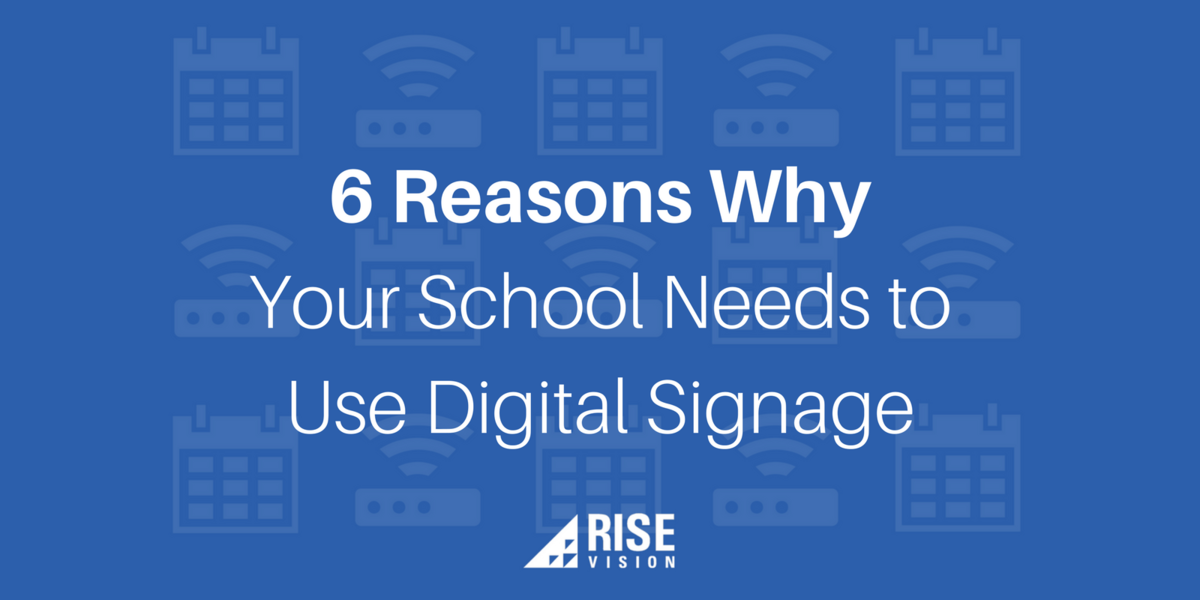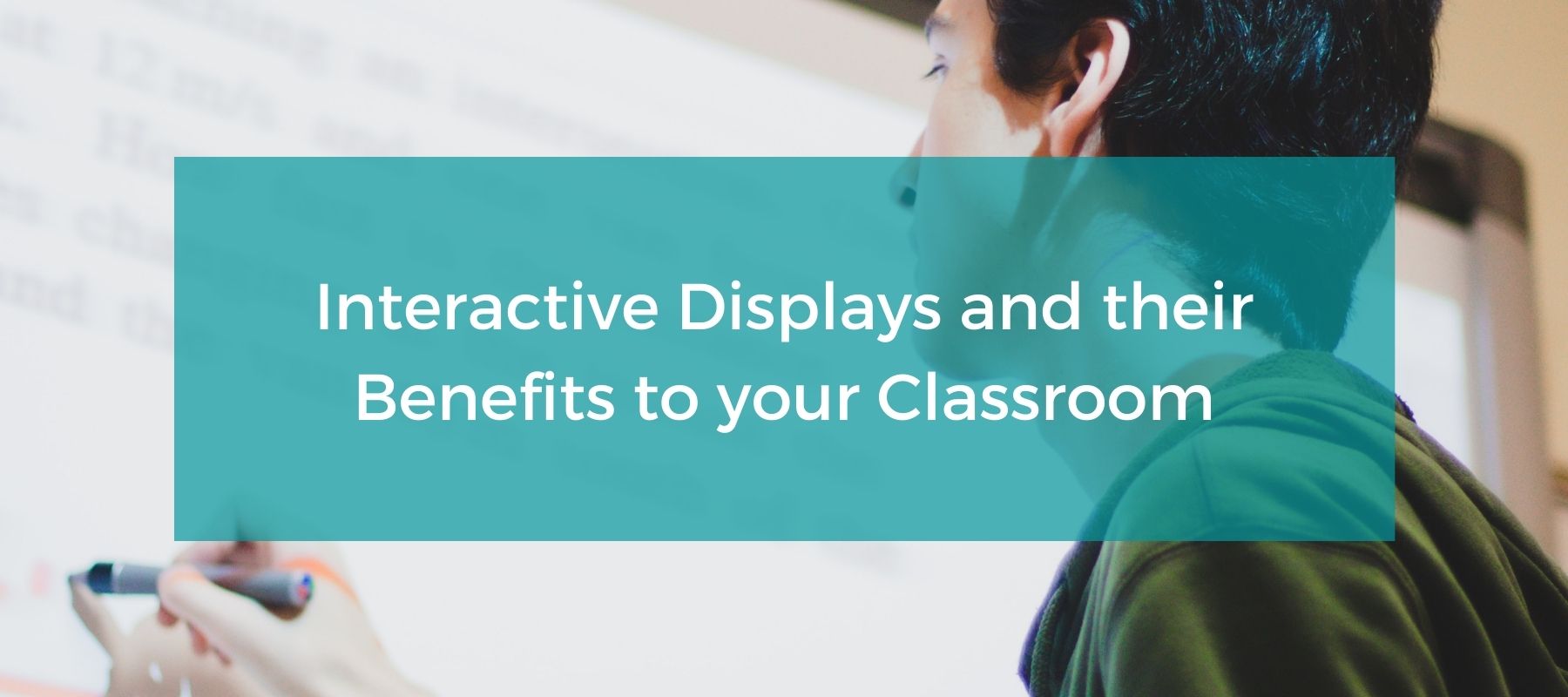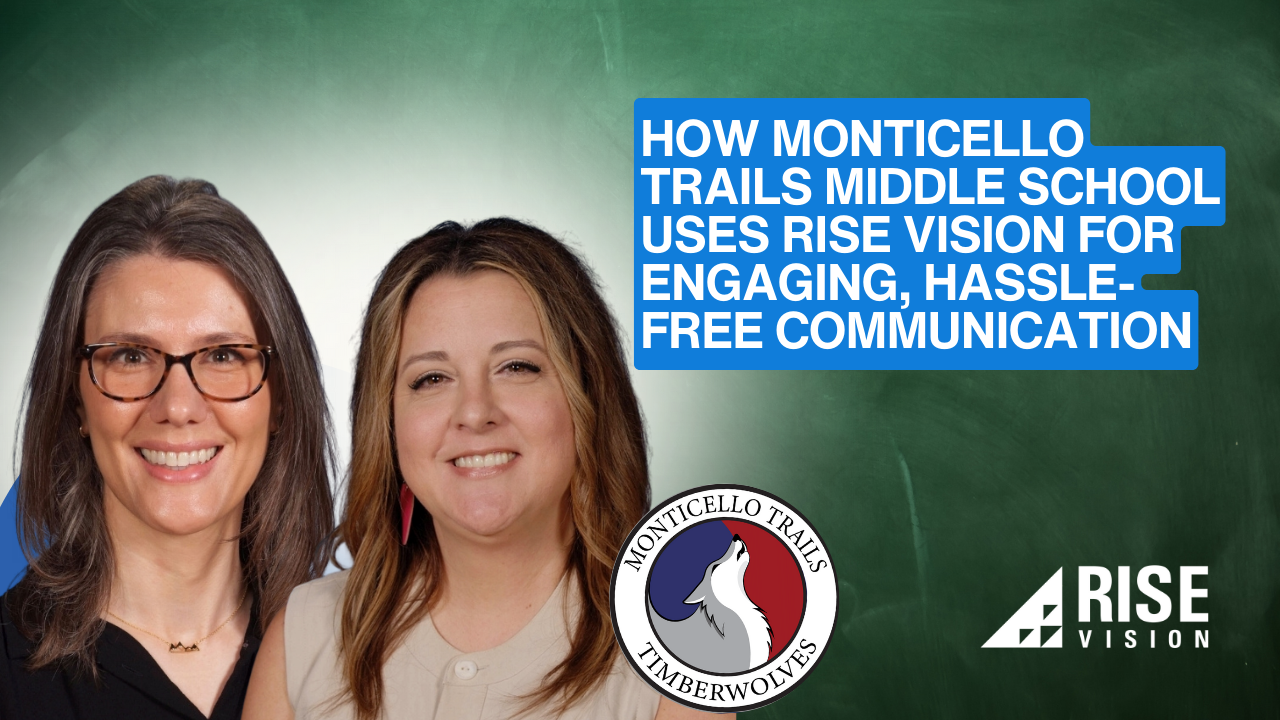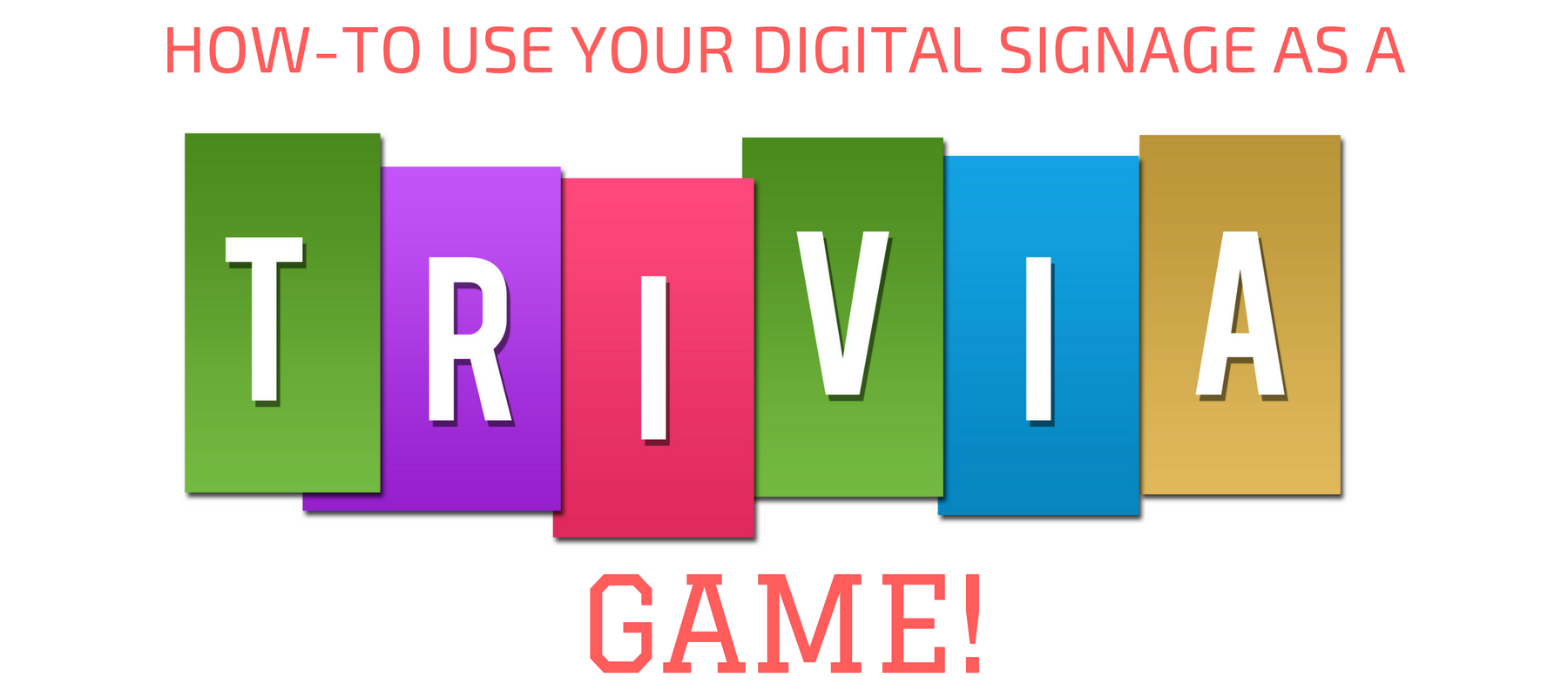
When talking with our audience, we oftentimes learn that digital signage replaced more traditional means of communication.
A daily announcement over the loudspeaker.
End-of-the-day handouts to take home.
Email announcements.
If you’re unfamiliar to the world of digital signage, you might be thinking that getting started with digital signage might represent a significant investment or monopolize the time of your already thin-stretched colleagues.
And while digital signage certainly cannot replace all of the ways you communicate with your students, it can surely help you to save time, effort and money.
In this post, we’ll explain how other schools have moved away from traditional communication methods to better engage with their audience, your students.
Digital Signage Takes Less Time than Traditional Communication
Relying upon email, bulletin boards and daily announcements can respectively be effective ways to communicate with your students.
But, when the time it takes to compile these different methods is added together, traditional communication can actually be quite time-intensive.
While our audience of schools certainly does rely on digital signage for up-to-the-second alerts, the vast majority of messaging is pre-planned well in advance.
And because of this, our audience saves enormous amounts of time by scheduling time to update their digital signage on a regularly-timed routine.
Digital Signage Allows for a Variety of Content
Keeping your content fresh and relevant is the primary way to connect with your students through digital signage.
While much of our audience does indeed rely on scheduling content on an ongoing basis, many have recently moved to employing Template Library presentations like this.
As compared to traditional means of communication, digital signage enables endless types of content to be created for your students.
Digital Signage Teamwork Means Better Content
Whether you’re creating presentations for just one display or an entire campus. digital signage allows for an infinite number of creators or publishers.
In many cases, schools will separate content creation responsibilities amongst many individuals. Sometimes the responsibilities span campuses or departments (or across sub-companies if your school’s digital signage footprint is expansive).
Adding users to your school’s digital signage account is quite easy, as is managing the permissions of users on an individual-basis.
By dividing the creators and publishers to the individuals responsible for specific displays, you’re most likely targeting students with the most relevant - and therefore engaging - content.
Students Are Better Engaged with Digital Signage
As you know, holding your students’ attention can be an impossible task.
But, with the right message, digital signage can grab their attention.
The best way to do this?
Create digital signage centered around your students. While traditional messaging to your students generally is nonspecific, your digital signage presentations can target specific departments, classes or even certain students.
The best audience is an engaged one, so make your content about them.
Digital Signage Can Highlight Students’ Accomplishments
Do your students have artwork, photography, projects or video to share with their classmates?
Does your school record events or sporting events?
By highlighting your students’ actual creations or accomplishments, your content becomes even more relevant.
While it might be impossible for digital signage to replace the entirety of your student messaging, our audience finds it to be more engaging with students.
And that’s because relevant content is most engaging.
Digital Signage Should Be Built for Your Students
So, whether your school has just one display or a campus full of them, digital signage allows you to better connect with your student body to inform, entertain and compel.
If you have questions about getting started or scaling your digital signage to be part of your entire campus, we’d love to chat.






